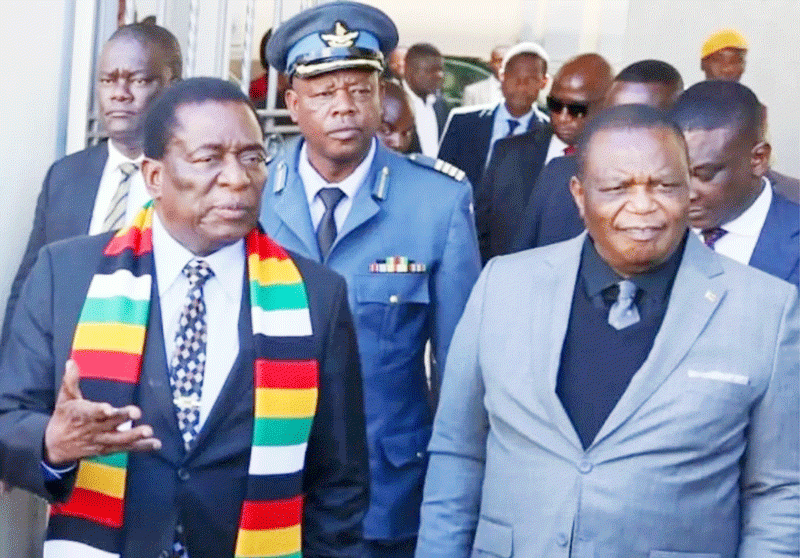
THE World Bank says Zimbabwe has the second highest food prices in the world after it recorded a real food inflation annual rate of 52.
In an update dated August 11, 2022, released on Saturday, Zimbabwe was recorded as having the second highest annual food inflation rate after Lebanon which had a comperative 152%.
According to the Zimbabwe National Statistics Agency (ZimStat), the food poverty line (FPL) for one person in August 2022 was $20 461, this up 12,47% from $17 909 recorded in July.
The increase in food inflation locally is due to the continued depreciation of the Zimbabwe dollar that has caused increases in the prices of basic goods and services. Resultantly, the Treasury and central bank implemented tighter fiscal and monetary policies leading to Zimbabwe dollars disappearing from the market creating an undervalued parallel forex exchange rate.
“Food inflation for each country is based on the latest month from April to July 2022 for which the food component of the Consumer Price Index (CPI) and overall CPI data are available. Real food inflation is defined as food inflation minus overall inflation,” the World Bank said, in its new report.
After Lebanon and Zimbabwe, respectively, follows Iran with a real food annual inflation rate of 36%, Sri Lanka (30%), Turkey (16%), Colombia (14%), Djibouti (14%), Burkina Faso (11%), Hungary (10%) and Rwanda (10%).
As reported in our sister paper, The Standard, on Sunday, in an article titled “Prices Continue to Skyrocket” the prices of basic goods and services are still rising even with the tighter fiscal and monetary policies.
This is according to the food security arm of the United States Agency for International Development.
- Mavhunga puts DeMbare into Chibuku quarterfinals
- Bulls to charge into Zimbabwe gold stocks
- Ndiraya concerned as goals dry up
- Letters: How solar power is transforming African farms
Keep Reading
The idea of the Finance ministry and Reserve Bank of Zimbabwe through their tighter fiscal and monetary policies, respectively, was to reduce Zimbabwe dollars to force the surging parallel forex rates down as it was nearly double its official counterpart.
As a result of the measures, parallel forex dealers are selling the United States dollar at between $750 and $800 in the local currency, and buying the greenback for between $680 and $750.
“In real terms, food price inflation exceeded overall inflation (measured as year-on-year change in the overall CPI) in 81 percent of the 153 countries for which food CPI and overall CPI indeces are both available (Figure 3),” the World Bank said.
“This week’s 10 countries with the highest food price inflation, in nominal and real terms, are listed in Table 1 (using the latest month for which data are available between April and July 2022).”
The measures used to suppress the parallel forex rate are suspending payments to government suppliers, a 120-percentage point bank interest rate hike to 200% and doubling the capital gains tax to 40% on stocks sold before 270 days.
Other measures include introduction of gold coins onto the market and using local currency balances to service the forex auction backlog.
However, as evidenced by the local currency depreciating to nearly $560, against the greenback, from $159,34 before the tighter fiscal and monetary policies, on the official forex market, the Zimbabwe dollar continues depreciating.
As of August, the annual inflation rate stood at 285,02%, up from 256,9% in July, according to ZimStat.
“In this week's inflation table, Zimbabwe takes the 1st spot. On Sep 1, I measured Zimbabwe’s inflation at 484%/yr, almost 2x ZimStat’s “official” inflation rate of 256,9%/yr. Zimbabwe must dump the Zimbabwe dollar and officially adopt the US dollar,” American economist Steve Hanke said, in a tweet on Saturday in his global inflation statistics.
Follow us on Twitter @NewsDayZimbabwe







